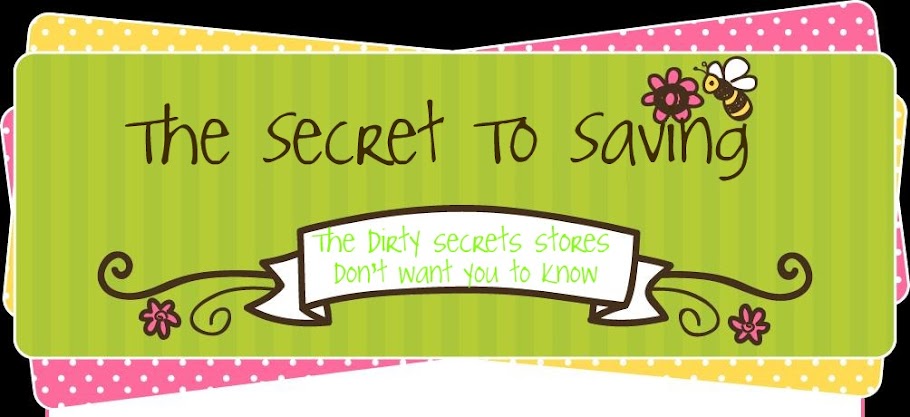Sunday, June 12, 2011
What the TLC show Extreme Couponing didn't tell you!
Originally posted HERE!
The online couponing community was all atwitter watching tonight's premiere of Extreme Couponing on TLC -- and reactions ranged from curiosity to amazement to outright rejection of some of the techinques featured on the show. Here are four couponing facts that Extreme Couponing didn't tell you, based on an online conversation that San Antonio Budget Grocery Examiner readers had about the show.
What the TLC show Extreme Couponing didn't tell you
1) The words couponer and hoarder aren't necessarily interchangeable. Most couponers don't need entire rooms devoted to their stash of free or deeply discounted goods, even though the couponers profiled in the show did (and in one instance, also had an insurance policy for their hauls.) Many couponers only take advantage of the deals they need, in order to ensure more product is available for others in the community. Others use their couponing know-how to supplement friends, family, or their giving budgets that support charities near and dear to them.
Even the couponers profiled on the show make sure to pay it forward -- check out this YouTube clip featuring Krazy Coupon Lady and Extreme Couponing subject Joanie Demer at her local food bank delivering almost 300 pounds of couponed food. Most couponers who participated in the online chats wished they'd seen more of this sort of giving behavior in the show itself.
2) If you have a stockpile, though, keep on top of your food safety. Anyone with a background in food service can tell you what FIFO stands for -- First In, First Out. Regardless of how large your pantry stash is, rotating your product to ensure food doesn't expire is a must. And remember, most food banks won't take dented or out-of-date items!
3) Food companies and grocery stores love couponers. Companies release coupons in the first place because it's an inexpensive way to advertise their products -- even more so with the growing amount of printable coupons available, when it's the customer paying for the printing. And grocery stores bank the full face value of the coupon, plus 8 cents handling per coupon redeemed. So in the case of the 2000-item haul featured on Extreme Couponing with We Use Coupons' Nathan Engels, that grocery store made approximately $160 in handling fees in the transaction -- more than enough to cover the labor costs associated with even that enormous sale.
4) Cashiers, on the other hand, aren't always on board. Why would cashiers even care if a customer uses coupons? Most grocery stores audit their checkers on speed and order accuracy, so to some cashiers, a customer strolling up with a fat wad of unorganized coupons can spell big delays -- and an uncomfortable conversation with their manager. Other cashiers are anxious about fielding comments from customers further back in line.
Your best bet? Spread the wealth around -- many couponers recommend sharing coupons with the folks in front or behind you in line if it's applicable, or treating your cashier to a freebie instead of adding to your stash. Odds are you'll get a much better reception your next time in the store. It never hurts to bring along a copy of the store's coupon policy, too, so your cashier knows everything is on the up-and-up.
Subscribe to:
Post Comments (Atom)


No comments:
Post a Comment